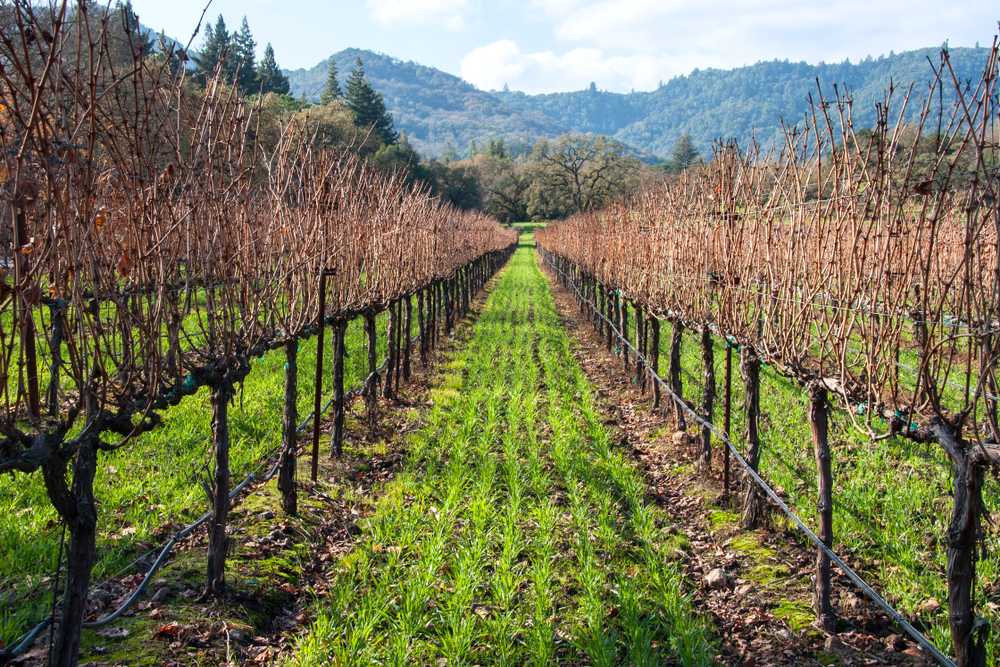An article by Elizabeth Creech was posted on the USDA website. It grabbed my attention when it stated that the U.S. lost 2 million acres of land last year used in active crop production. Doing nothing to improve our soils isn’t an acceptable option anymore knowing what we know today. American farmers need to apply sustainable practices focused on improving soil health in order to produce high yields year after year. The article evaluated the results of using cover crops and no-till practices to improve crop yields and profit margins.
Russell Hedrick is a first-generation corn, soybean and specialty grains producer in Catawba County, North Carolina. Hedrick started in 2012 with 30 acres of row crops. Since then, he’s expanded to roughly 1,000 acres. Hedrick practiced 100 percent no-till and planted cover crops across part of his land as he didn’t have the means in the beginning to purchase the equipment needed for tilling. When he applied mixed cover crops the results were higher yields than the county average for cover cropped beans, and noticeably improved weed control.
The National Association of Conservation Districts (NACD) in partnership with Datu Research, focused on four corn and soybean producers in the Upper Mississippi River Basin. The profiled farms ranged in size from 25 acres of row crops to 2,300 acres, with three focusing on cover crop adoption and one, no-till. Of the three farmers focusing on cover crop adoption, two reported average net economic gains over their first four to five years of cover cropping compared to a pre-adoption baseline. The no-till case study showed economic gains for all three years studied. Farmers were able to reduce the need for more expensive inputs thanks to the nutrient boosts associated with cover cropping.
The fundamental advantages that cover crops offer are twofold: 1) greater annual duration of vegetative resource use and function, and 2) opportunities to greatly increase plant (and subsequently, animal and microbe) biodiversity. Cover crops can more the double the period of plant activity, build soil health, and allow annual cropping systems to utilize resources that might be otherwise wasted.
In California, we tend to grow higher value crops. If these type of easily incorporated practices can have an impact in Mississippi for commodity crops, then surely they can make a difference here. While there are no silver bullets in sustainable and organic practices, there are many soil health practices that we can do better to deliver improved crop results.
Many of our customers this season reported greater yields, improved crop quality and less disease pressure. Andaman Ag offers a host of recommendations based on specific grower needs to improve soil health. We are committed to Improving Agriculture from the Ground Up and always available to talk to you about our products and recommendations.




